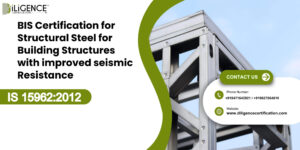



End-to-end certification and regulatory compliance for Indian and global markets.
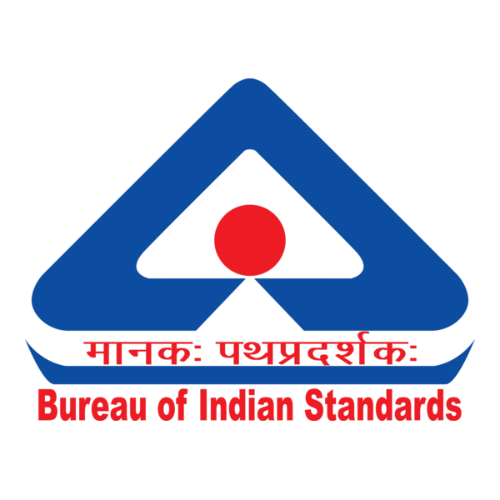 BIS Certification
BIS Certification
 CDSCO
CDSCO
 CPCB
CPCB
 LMPC
LMPC
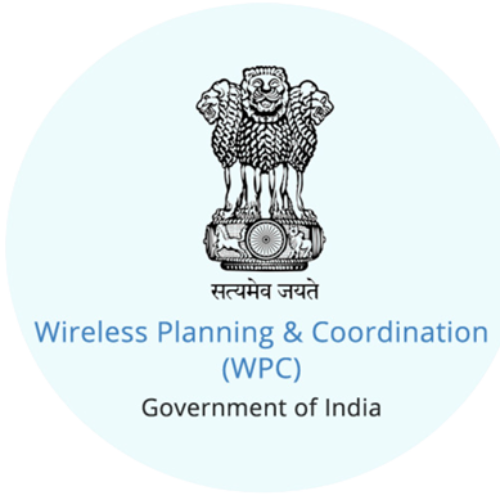 WPC Approval
WPC Approval
 Global Approvals
Global Approvals
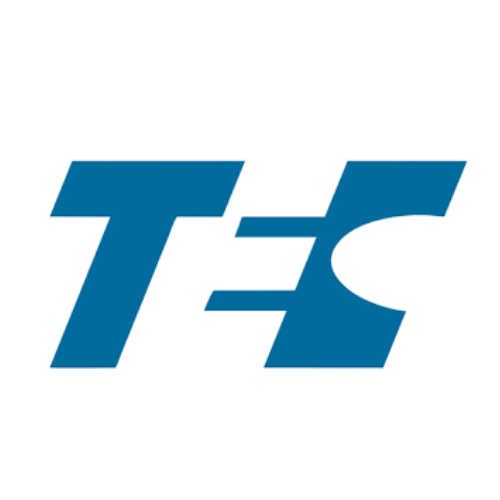 TEC
TEC
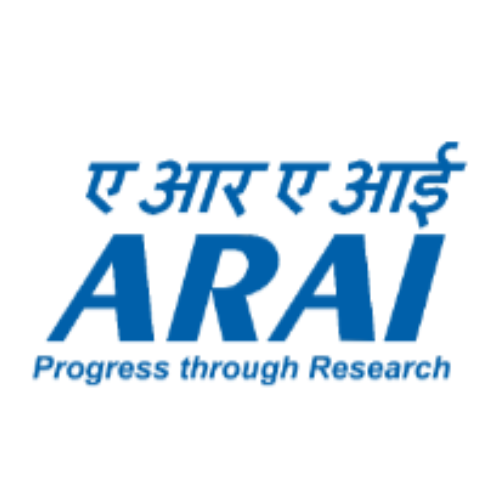 ARAI
ARAI
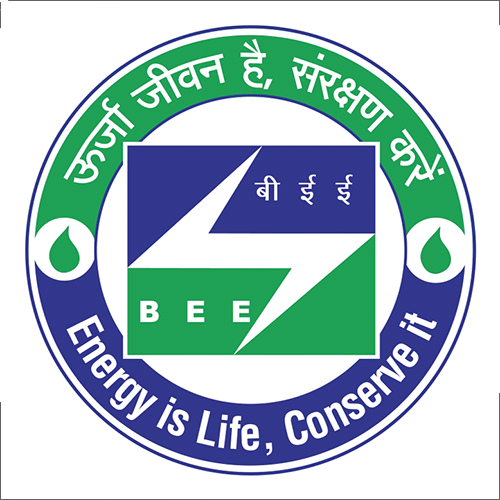 BEE
BEE
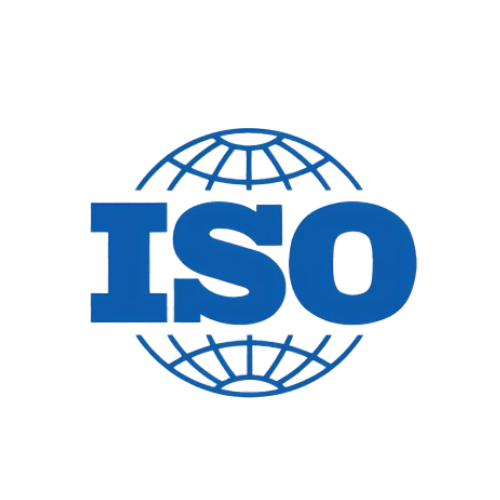 ISO Certification
ISO Certification
 Drone Registration
Drone Registration
 NOC For Steel
NOC For Steel




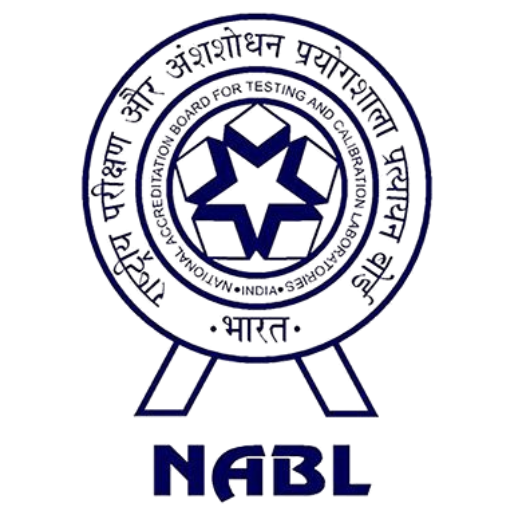
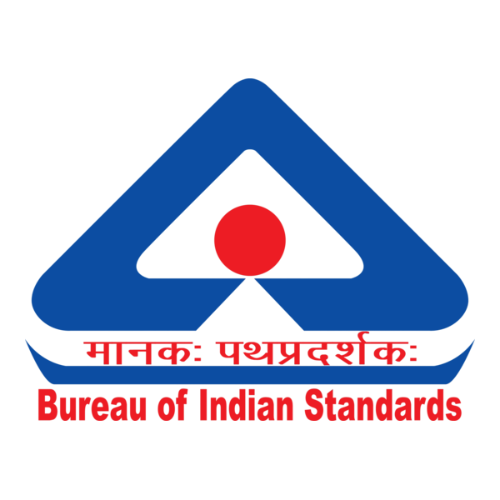

























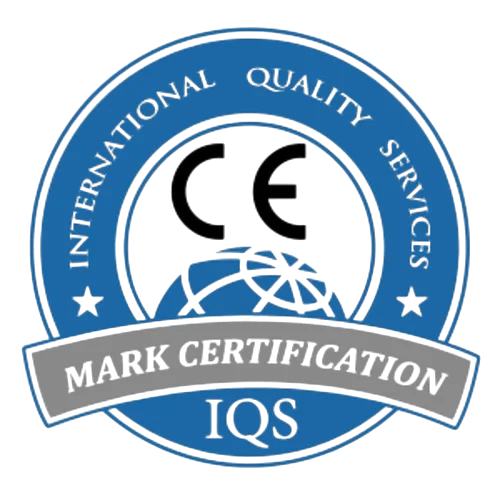






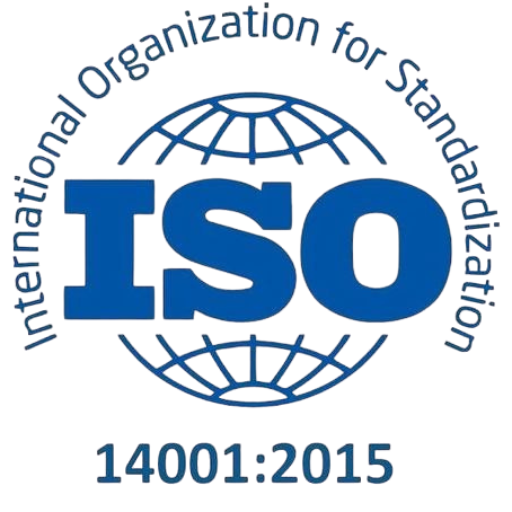
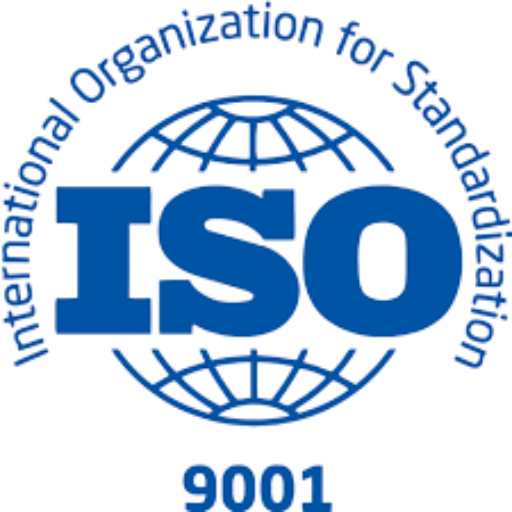
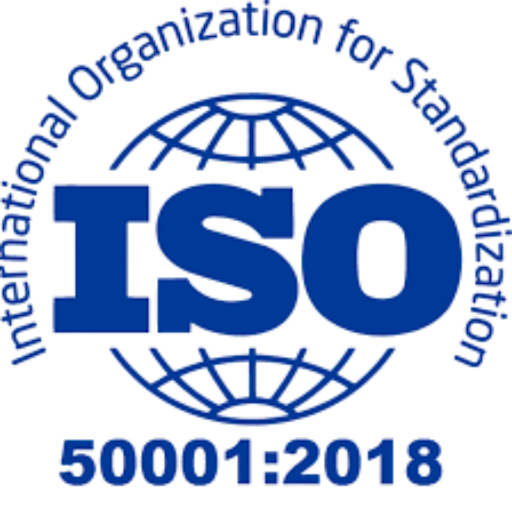
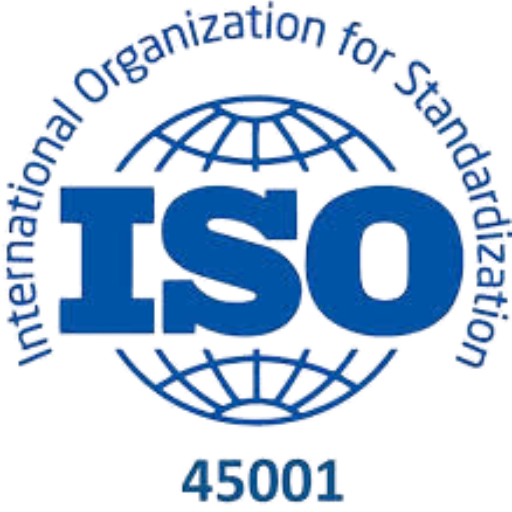
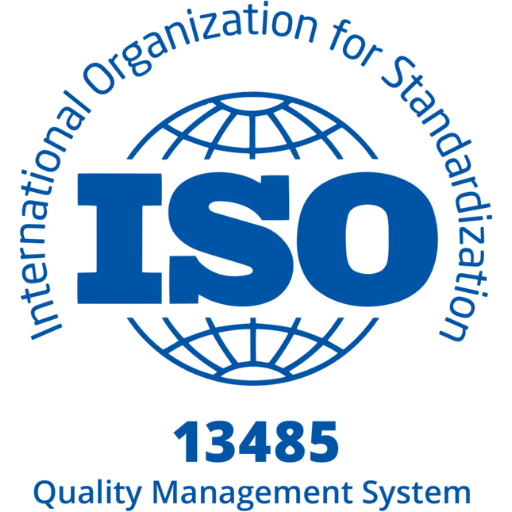
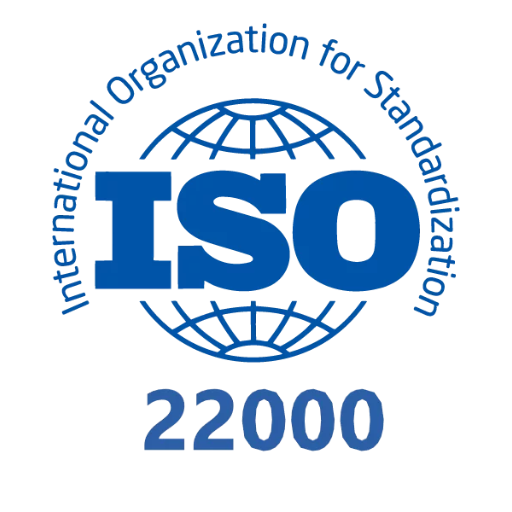
Apart from product certification, BIS is responsible for framing Indian Standards, conducting laboratory testing, and ensuring consumer protection.
Some items must be certified before they get released mysteriously made for select goods like cables, switches, cement, gas cylinders, etc.
It ensures electronic products conform to Indian Standards (IS).Covers 70+ products including laptops, phones, adapters, TVs, and batteries.
Hallmarking Certification is mandatory in India for gold and silver jewellery.The BIS 916 Hallmark confirms 22K gold purity.Silver Hallmarking is compulsory for certain grades like BIS 925.
FMCS Mark Certification is a BIS-led approval process that enables foreign manufacturers to sell regulated products in the Indian market.
It helps manufacturers build trust and create a compliance framework. It also markets to eco-conscious consumers.This guide will detail eligibility, provide information on the application procedure, and outline benefits of certification to ISO 14024.
It is governed by NABL under the Quality Council of India (QCI).Accreditation enhances trust among regulators, industries, and global partners.
The World Manufacturer Identity (WMI) is a globally recognized code used to identify vehicle manufacturers. WMI registration ensures traceability, compliance, and global brand recognition for automotive makers.
Stay ahead of regulatory changes with BIS Scheme X Certification. Now extended to September 1, 2026, under the omnibus technical regulation order 2024. Get complete certification support from Diligence Certification.
Get full assistance for CDSCO registration, medical device import licenses, and cosmetic import licenses with Diligence Certifications. Our expert guidance and comprehensive support ensure your compliance, helping you gain a competitive edge in the market. Your satisfaction is our commitment!
Diligence Certifications is a top-tier name in drug licensing and provides topmost service and knowledge support to all sizes of pharmaceutical companies. Our seasoned team understands the global regulations and has seen several success stories.
Having trouble securing Cosmetic License certification in India? Let our ISI certification experts assist you in achieving it and boosting your credibility!
Get expert guidance on Medical Device Registration in India. Learn CDSCO approval process, documents, fees & compliance for manufacturers and importers.
Secure your CPCB Certification with ease and align your business with environmental regulations and sustainable practices. Our expert team streamlines the application process, offering tailored guidance to meet your unique EPR compliance requirements.
Need assistance in Battery Waste Certification? Our experts guide you through every step to ensure smooth and compliant processing.
E-waste has become one of the most serious problems of the modern world, as technology is changing very fast. Discarded electronics items such as smartphones and refrigerators contain very toxic elements hazardous to human health and the environment if not treated properly.
Tyre wastage is an increasing global problem. It threatens to engulf the world in a sea of rubber with disastrous consequences for the environment and human health.
Diligence Certifications help businesses go a long way in environmental compliance matters through their management of plastic waste compliance. It rallies your commitment to reducing environmental impacts, increasing your recycling, driving circular economies and, hence, building credibility with consumers as citizens of a wider world contending against plastic pollution with angels and regulators.
The No-Objection Certificate has special relevance for a business; from needing it while applying for a loan, selling property, or for an application to pursue higher education, there are multiple situations where one has to face the need for an NOC.
Get Full Assistance for Model Approval for Indian W&M Instruments and Importer Registration for Weight and Measurement Instruments with Diligence Certifications. We prioritize your success by providing expert guidance and comprehensive support for all your LMPC Certification needs, helping you gain a competitive edge in the market. Your satisfaction is our commitment, and we work tirelessly to ensure it, now and in the future.
Diligence Certifications offers provision of LMPC Import License Certification under Legal Metrology Packaged Commodities rules with respect to process of importation of goods into India for compliance. Our proficiency ensures that your labeling and packaging for products meet the requirements for easy clearance of goods through customs. It certifies approval from the regulators, having legal backing and gaining confidence of consumers and authorities.
The legal metrology certification is gaining importance in today’s ever-changing context of business with emphasis on fair trade and consumer protection. There is a fresh perspective on maintaining the true measurement and weighing-related activities on account of the fact that with almost every passing day, market growth and transaction complications are assuming greater magnitude.
Get Full Assistance for Non-Network License, Network License, and Equipment Type Approval with Diligence Certifications. We prioritize your success by providing expert guidance and comprehensive support for all your WPC Approval needs, helping you gain a competitive edge in the market. Your satisfaction is our commitment, and we work tirelessly to ensure it, now and in the future.
The Diligence Certifications grant a fast track to the acquisition of WPC Import License, making the imports of communication devices 100% compliant with WPC Certification. Based on our experience and expertise, we ready you for the licensing processes in such a way that your product conforms with all technical standards and is safely usable within India. The certification would guarantee acceptance by regulators, therefore cultivating such trust with the authorities and end users.
End-to-end certification and regulatory compliance for Indian and global markets.
 Business Registration
Business Registration






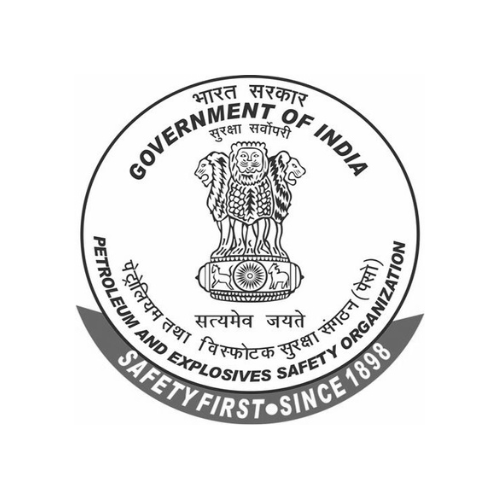







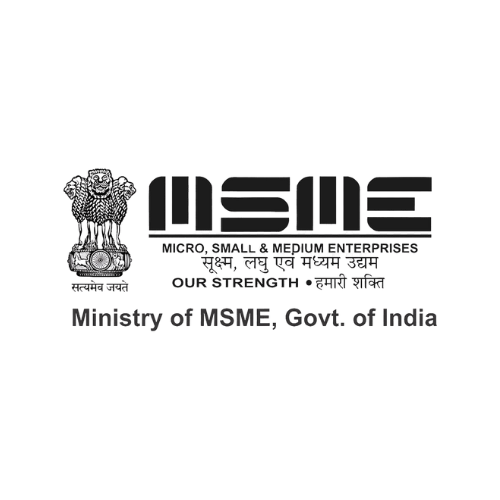


End-to-end certification and regulatory compliance for Indian and global markets.
 Legal Services
Legal Services
 Trademark Registration
Trademark Registration
 Copyright Registration
Copyright Registration
 Patent Registration
Patent Registration






















































A vendor agreement is a legal, written contract outlining the terms and conditions by which a vendor will service the client with goods or services. In essence, it specifies the who, what, when and how of the relationship.
A vendor can be a single supplier or a registered company, and usually the vendor agreement will lay out the details of the scope of work, pricing, time of delivery, location of service and duties of each party. For example, if a catering company agrees to supply services for a corporate function, the vendor agreement will signal what was agreed to concerning the menu, when the items will be delivered, the price, and any cancellation terms.
If you are an entrepreneur or business owner, creating a vendor agreement every time a new engagement is made is not just a legal exercise for protection, but is intended to ensure both parties are clear regarding their obligations, responsibility and options if things do not go as planned. In Indian terms, it reduces uncertainty, and more importantly, shows that you intended to create a contract to do something, in the event you disagree later.
Effective data suggests that:
Business Advantages:
Information Technology Services
Professional Services
When it comes to drafting a vendor agreement, it’s quite a bit more than just filling in a template. The drafting process is quite a bit more structured, guided by both legal and commercial considerations. Generally, the process unfolds like this:
Preliminary Meeting with a Lawyer
The process begins when a business owner or vendor approaches a lawyer or legal consultant. A seasoned lawyer will first want to understand the nature of the transaction, the business model, and the industry-specific risks. The importance of this cannot be understated, as developing the vendor agreement for an IT outsourcing firm is quite different from developing it for a supplier in construction.
Determining the Objective and Key Terms
Once discussions with both parties had occurred, the lawyer will note the commercial expectations. In other words, they will note the scope of the supply, pricing models, delivery times, tax implications, etc. The objective in this phase is to align doctrinal legal enforceability with practical business considerations.
Preparing Draft Agreement
Based on the discussions, the lawyer will prepare the first draft. This draft will typically include the standard clauses – payment, indemnity, termination, confidentiality, dispute resolution – but it will also include these industry-specific clauses. The first draft is typically just a negotiation tool at first.
Review and Changes
Each party reviews the draft in their own time. Any issues: timelines, penalties, exit clauses, etc. are raised and discussed with each party commenting in turn facilitated by a neutral professional lawyer who will ensure that the changes agreed are incorporated into the draft.
Finalisation and Signing of the Agreement
After all revisions have been agreed, the final draft is prepared and signed by each party in the presence of each other. depending on the arrangement this may be electronic (signed digitally under the Information Technology Act, 2000) or physically in the presence of witnesses.
Generally, the total time for the whole process will take about three to five business days although if there are complex negotiations this may extend further.
As a best practice, businesses should avoid copying boilerplate agreements from the internet. Each vendor agreement should address the specific inherent risk, tax obligation, and legal protection relevant to whatever trade it is applicable to.
Common Drafting Mistakes to Avoid:
Vendor agreements are a crucial component to running a successful business within India’s complex regulation, as contracts that are drafted properly will protect interests, ensure compliance, and help create healthy business relationships.
The investment to have a professional draft legal agreements would typically pay for itself in lower costs of disputes and improved vendor performance, while also providing the additional benefit of regulations that are already complicated to comply with. With the move to digitize business processes and regular changes to regulations within India, well-drafted vendor agreements will be a vital part of any organization’s sustainability plan for growth.
When a business makes an initial investment of ₹10,000 for vendor agreements drafted by a professional, they will save approximately ₹2.5 lakhs in the cost of regulating them and allow for smoother operating business activities.






















Most vendor agreements do not need to be registered. However, if a vendor agreement is valued over ₹100, stamp duty must be paid. Registration is advisable for high-value long term contracts with possible better legal enforceability.
This is subject to the terms of the contract. Most vendor agreements will require notice of termination (30-90 days) for convenience termination. If there is a material breach of contract, insolvency or any of the other events identified in the agreement, you may be able to terminate immediately.
Either provide for automatic price revision clauses say based on the wholesale price index (WPI) or consumer price index (CPI), or set out the annual percentage increases (or years) or the review of pricing as at certain intervals.
A properly drafted agreement will set out specific remedies (ie. liquidated damages). Liquidated damages claims will typically be a percentage of the price (for example 0.5% to 2% of the total price for each week of delay with a cap of 10% or 20% of the contract value). There may also be excessive delay which constitutes a basis to terminate the contract.
While it may be true that verbal agreements are valid as a matter of law, they are difficult to prove and thus enforce. Verbal agreements are less preferable. Written agreements have the benefit of providing a more reliable record of the basis of the agreement (the terms) and may significantly increase the likelihood of enforceability in case of disputes.
